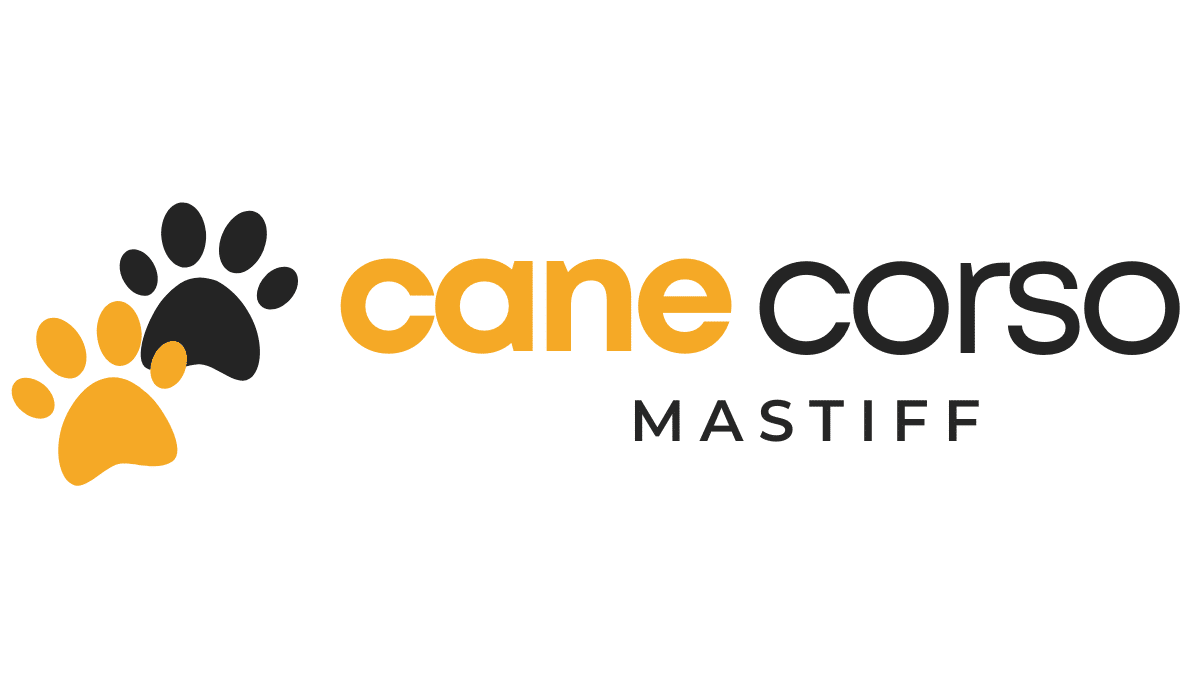The Cane Corso, known for its intelligence and protective nature, can be a fantastic companion when properly trained. As a first-time dog owner or pet trainer, understanding the unique behavior of this breed is crucial. This guide will walk you through effective training techniques, ensuring a harmonious relationship with your dog.
Understanding Cane Corso Behavior
Cane Corsos are intelligent and loyal, but their natural guarding instincts can pose challenges if not addressed early. Recognizing their behavior patterns is the first step in establishing effective training methods.
The Importance of Consistent Training
Consistency is key. Regular training sessions help reinforce commands and behaviors, making your Cane Corso a well-mannered companion. Without consistency, training efforts could be undermined, leading to confusion and disobedience.
Establishing Leadership
To train a Cane Corso effectively, you must establish yourself as the leader. This doesn’t mean being harsh; rather, it’s about setting boundaries and being a calm, assertive figure. Experienced trainers suggest using clear commands and maintaining a confident posture to assert leadership.
Actionable Steps to Establish Leadership
1. Set Boundaries: From the first day, set clear rules. For instance, decide whether the dog is allowed on furniture and be consistent.
2. Be the Source of Resources: Control access to food, toys, and affection. This helps establish your role as the provider, enhancing your leadership status.
Using Positive Reinforcement
Positive reinforcement is one of the most effective training techniques. Reward your Cane Corso for desired behavior with treats, praise, or playtime. This method not only encourages good behavior but also strengthens the bond between you and your dog.
Example of Positive Reinforcement
An experienced trainer, Sarah, shares, “When my Cane Corso, Max, responds correctly to a command, I immediately reward him with his favorite treat. This encourages him to repeat the behavior and promotes quicker learning.”
Creating a Structured Training Routine
Develop a training schedule that includes short, consistent sessions. A structured routine helps your Cane Corso anticipate and understand expectations, leading to better behavior.
Sample Training Plan
1. Morning: 10-minute obedience session focused on basic commands.
2. Afternoon: 15-minute socialization time, introducing your dog to new environments or people.
3. Evening: 10-minute leash training to address pulling.
The Importance of Socialization
Socialization is crucial in preventing aggressive behavior. Expose your Cane Corso to various environments, people, and other animals from an early age. This reduces anxiety and helps them become well-adjusted adults.
Addressing Specific Challenges
Leash Pulling
Leash pulling is a common issue with Cane Corsos due to their strength. Use a loose leash walking technique to teach your dog to walk calmly by your side. Reward them when they walk without pulling.
Guarding Instincts
While guarding is natural, it’s essential to manage this behavior to prevent aggression. Teach your dog a “leave it” command to help them understand when it’s time to relax and not guard.
Research and Data Supporting Training Methods
Studies have shown that dogs trained with positive reinforcement exhibit fewer behavioral problems compared to those trained with punitive methods. Consistent training and socialization have been linked to increased obedience and reduced aggression.
By following these steps, you will be equipped with the knowledge and confidence needed to train your Cane Corso effectively. Remember, patience and persistence are your greatest tools. Happy training!
Read More: Cane Corso Training Challenges and How to Overcome Them


